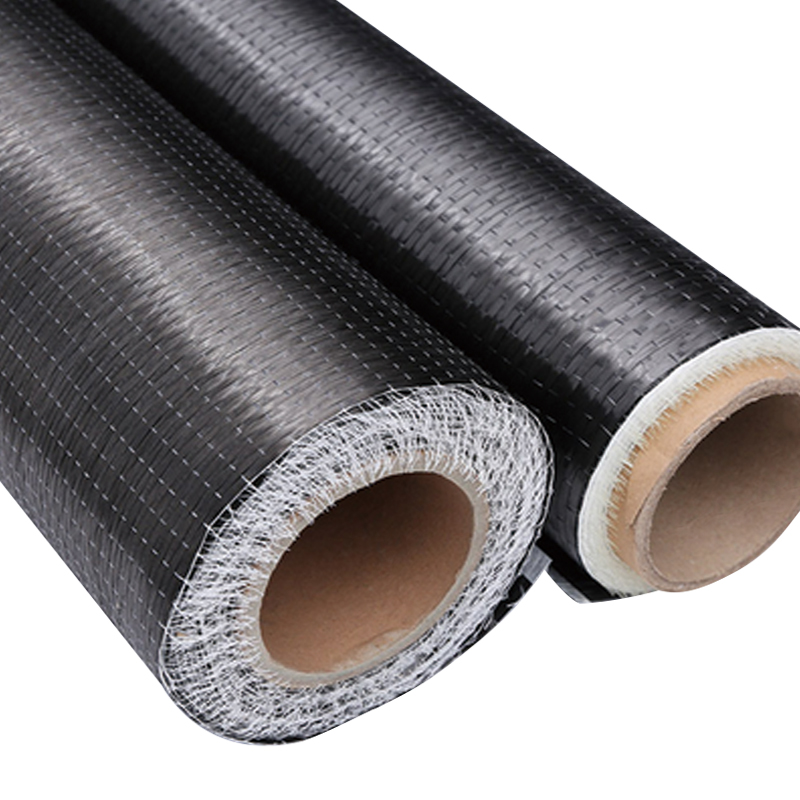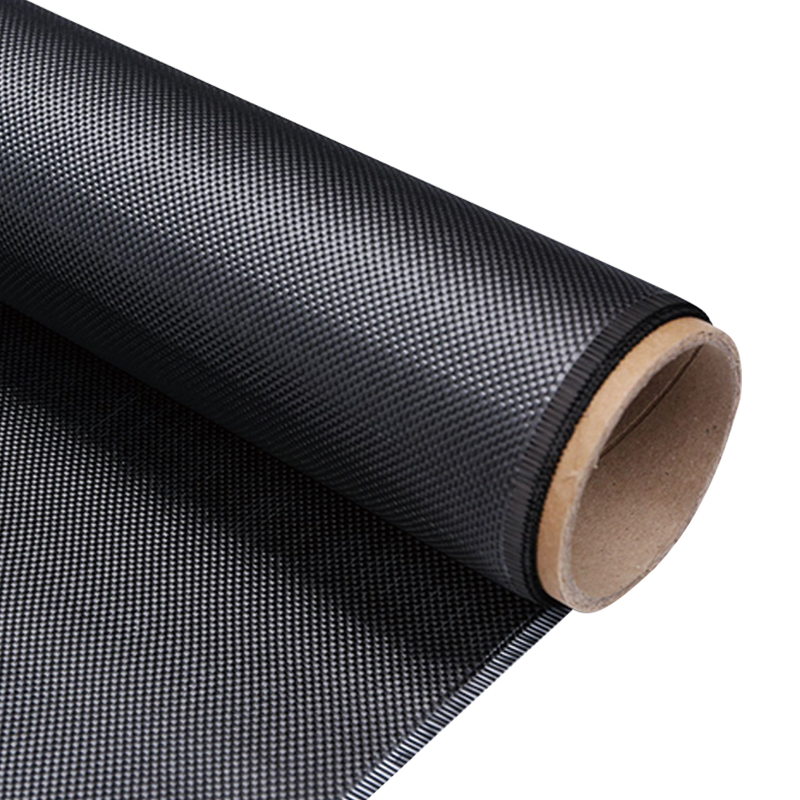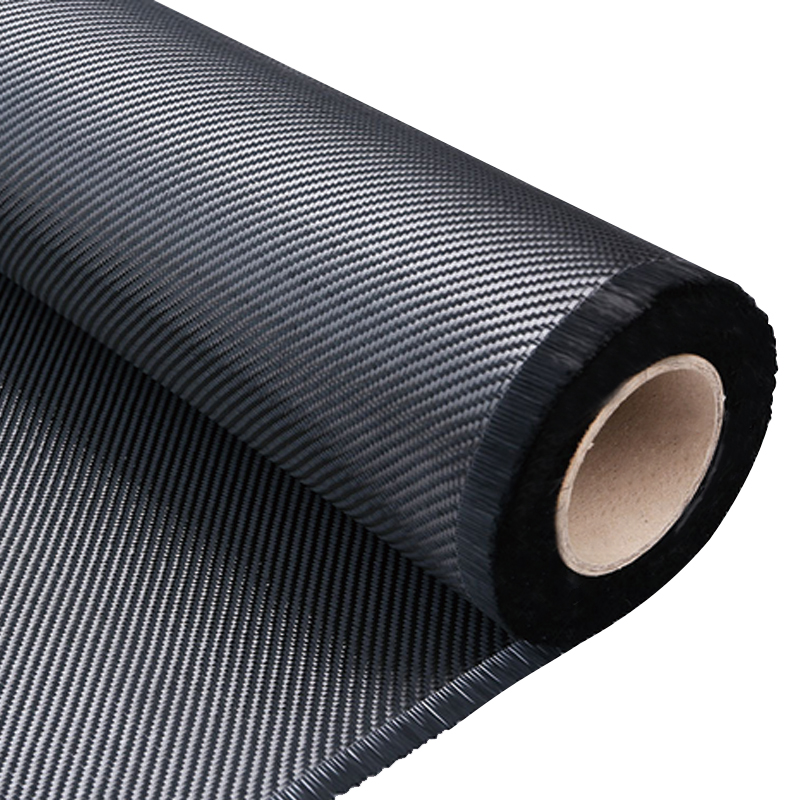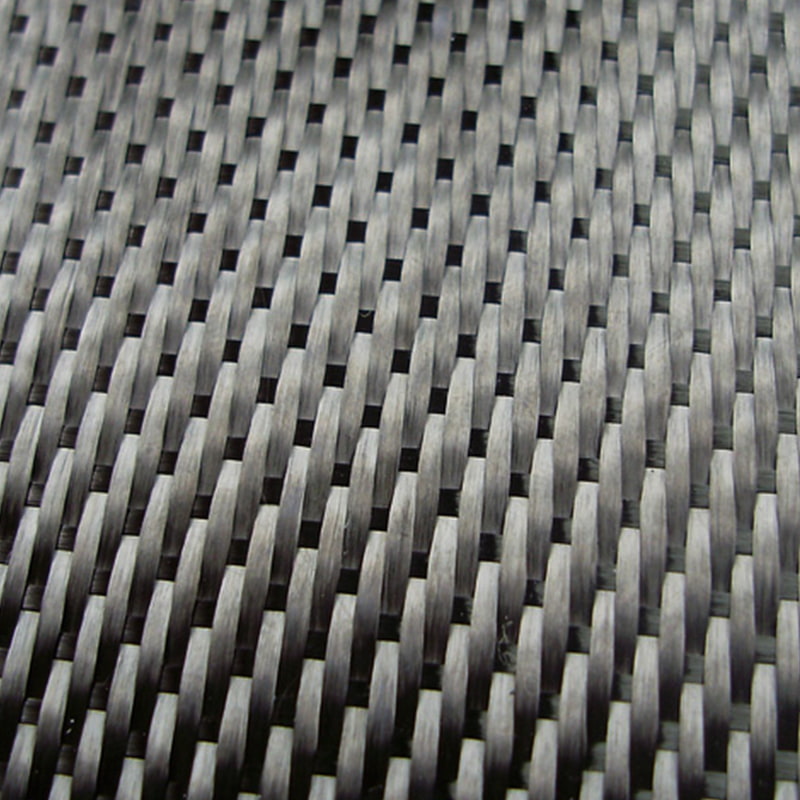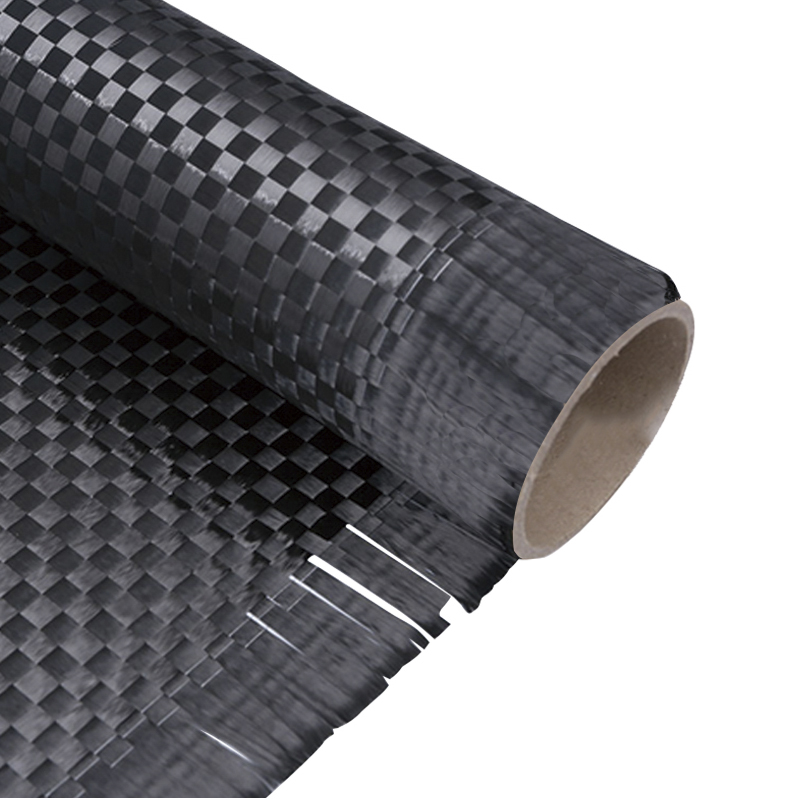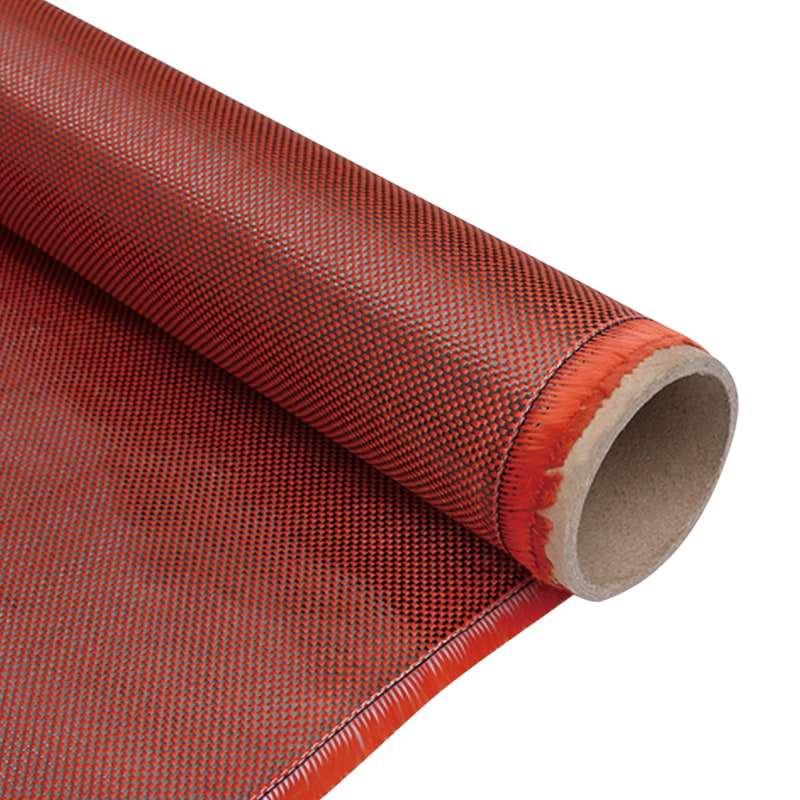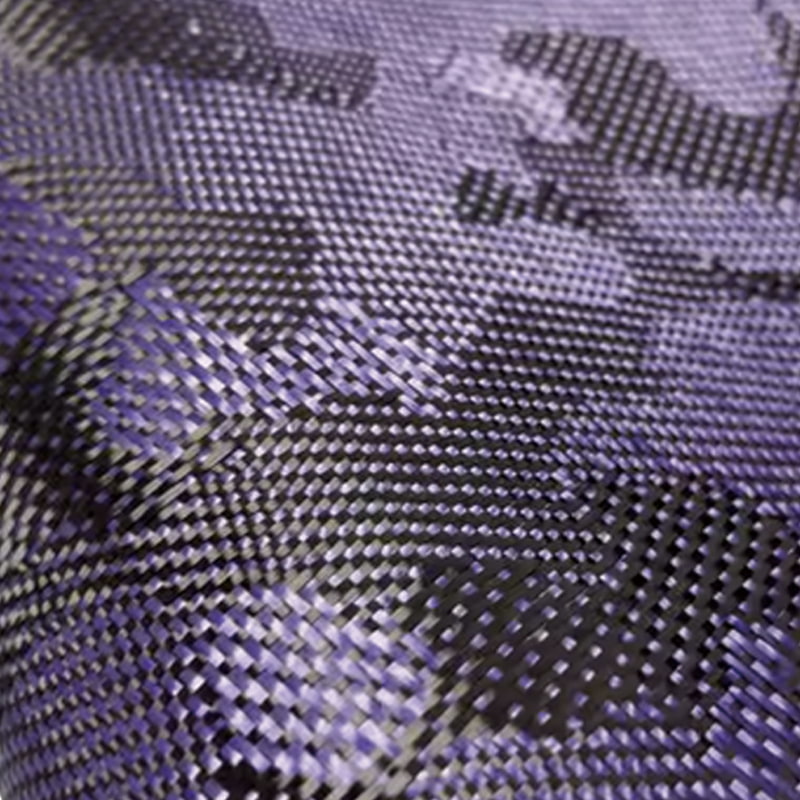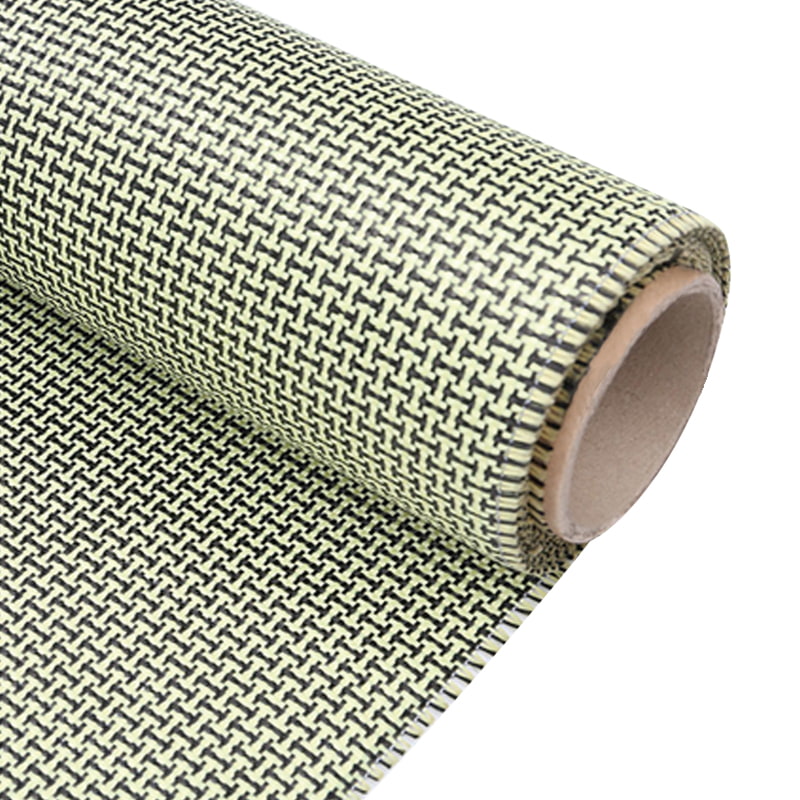In the ever - advancing landscape of materials science, pure carbon woven fabric has emerged as a revolutionary material, driving innovation across multiple industries with its exceptional properties and versatile applications.
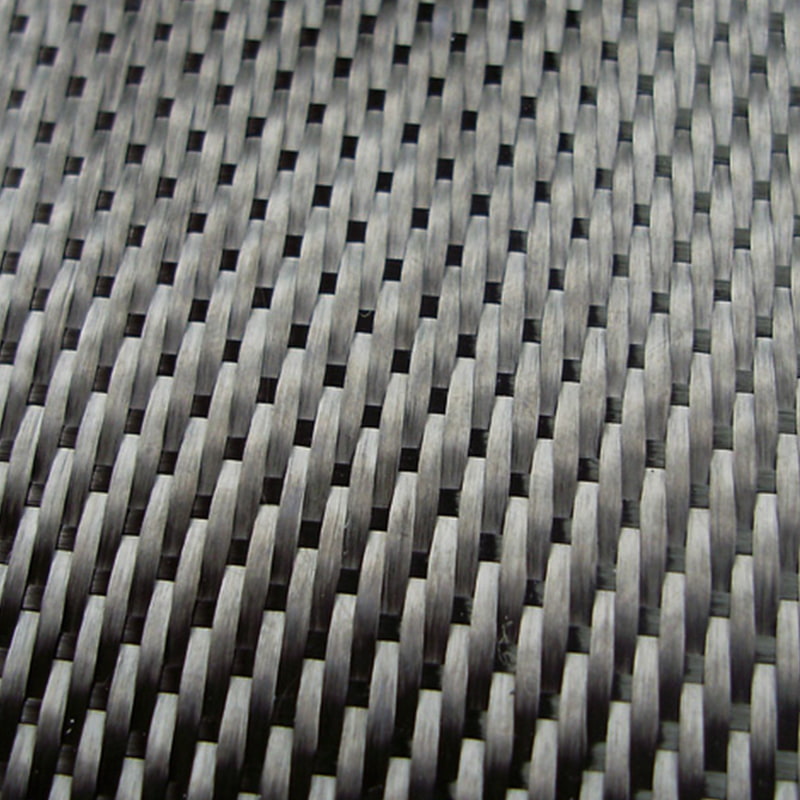
Unrivaled Material Properties
Lightweight and High - Strength Marvel
Pure carbon woven fabric is renowned for its remarkable combination of lightweight and high - strength characteristics. Composed of carbon fibers meticulously woven together, it offers an impressive strength - to - weight ratio. This means that products made from this fabric can be both incredibly strong and lightweight, a quality highly sought after in industries such as aerospace and automotive. In aerospace, the use of pure carbon woven fabric in components like wing skins not only reduces the overall weight of the aircraft but also enhances its structural integrity, leading to improved fuel efficiency and performance.
Exceptional Resistance Qualities
The fabric also exhibits excellent corrosion resistance, high - temperature resistance, and good conductivity. Its ability to withstand harsh chemical environments makes it ideal for applications in chemical processing plants and marine industries. In high - temperature settings, such as in the aerospace and energy sectors, pure carbon woven fabric can maintain its structural stability, ensuring the reliability of critical components. Additionally, its conductivity properties open up possibilities for applications in electronics and electromagnetic shielding.
Weaving Process Optimization for Enhanced Performance
Strategic Fiber Selection and Pretreatment
To maximize the potential of pure carbon woven fabric, careful fiber selection and pretreatment are crucial. High - performance fibers like T800 and T1000 are often chosen to strike a balance between modulus and elongation at break. Surface treatment techniques, such as oxidation, plasma treatment, or sizing, are employed to improve the interfacial bonding between the fiber and resin, enhancing the overall mechanical properties of the final product.
Precision in Weaving Structure and Process Parameters
The weaving structure of pure carbon woven fabric plays a significant role in determining its performance. Basic weave types, including plain, twill, and satin weaves, each offer unique advantages. For example, plain weave provides high stability, while twill weave excels in shear resistance, making it suitable for complex - shaped components. Satin weaves, with less fiber buckling, offer high tensile strength. Moreover, optimizing process parameters like tension control, weaving speed, and environmental conditions (temperature and humidity) during the weaving process helps reduce fiber damage and ensures fabric uniformity.
Diverse Applications Transforming Industries
Aerospace Advancements
In the aerospace industry, pure carbon woven fabric is a game - changer. Components made from this fabric contribute to significant weight reduction in aircraft, leading to reduced fuel consumption and increased payload capacity. The use of 5HS satin - weave fabric in wing skins, combined with the Resin Transfer Molding (RTM) process, has been shown to increase tensile strength by 20%, revolutionizing aircraft design and performance.
Automotive Innovations
Automotive manufacturers are also leveraging the benefits of pure carbon woven fabric. Twill - weave fabric paired with thermoplastic resin enables rapid molding processes, reducing vehicle weight by up to 30% while maintaining impact resistance. This not only improves fuel efficiency but also enhances the overall performance and handling of vehicles.
Market Trends and Future Prospects
Surging Market Demand
As industries continue to seek materials that offer better performance and sustainability, the demand for pure carbon woven fabric is on the rise. The growing emphasis on lightweight, high - performance materials in sectors like aerospace, automotive, and renewable energy is driving the expansion of the pure carbon woven fabric market.
Technological Frontiers
Looking ahead, continuous research and development are expected to further enhance the properties of pure carbon woven fabric. Future advancements may include the development of more advanced weaving techniques, the integration of smart materials, and the exploration of new applications in emerging industries. These developments will solidify pure carbon woven fabric's position as a leading material in modern manufacturing.
 English
English  中文简体
中文简体 عربى
عربى Tiếng Việt
Tiếng Việt
